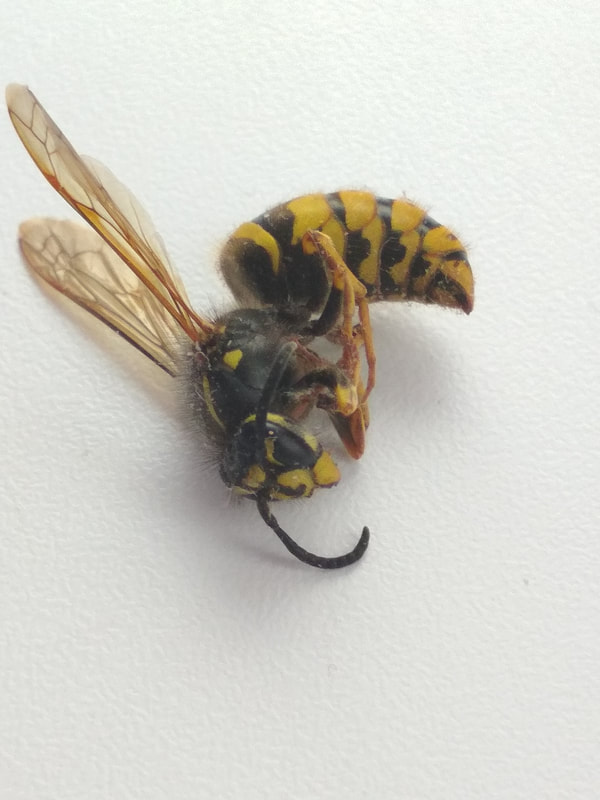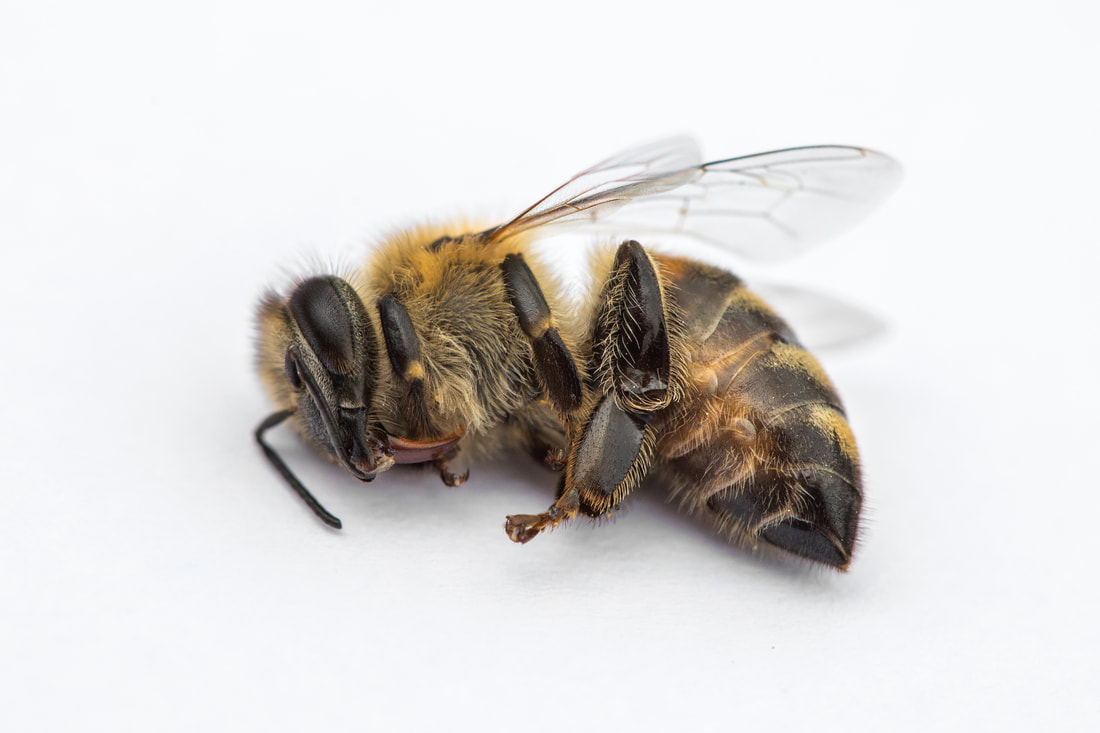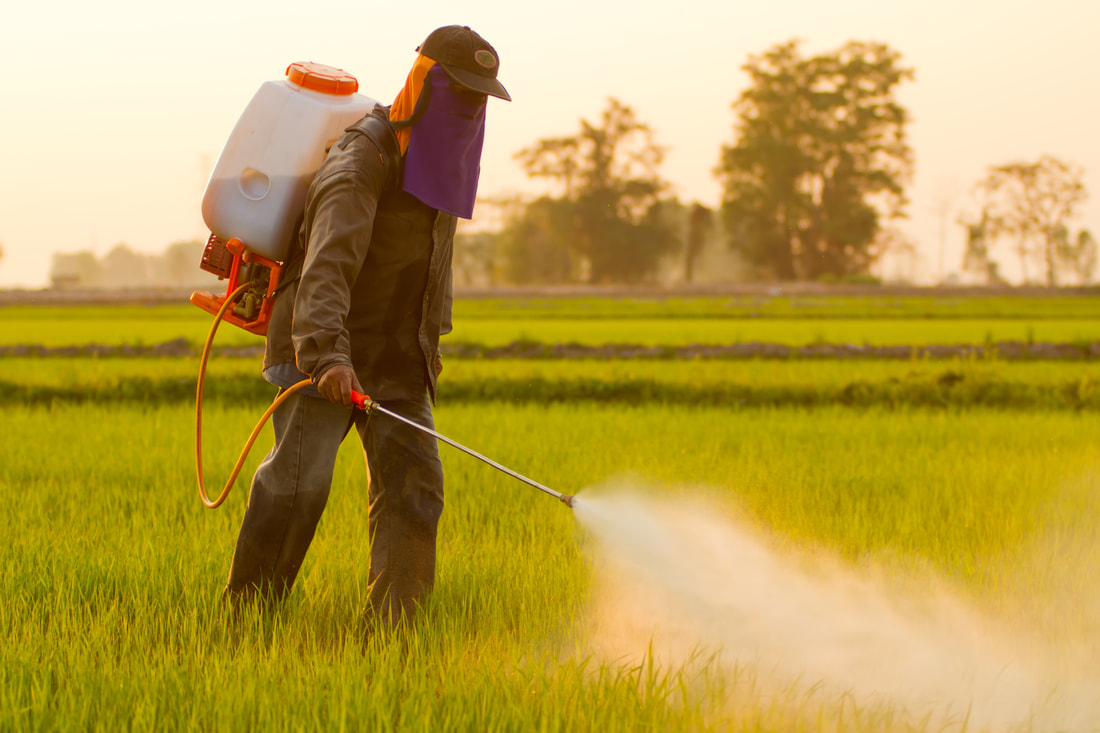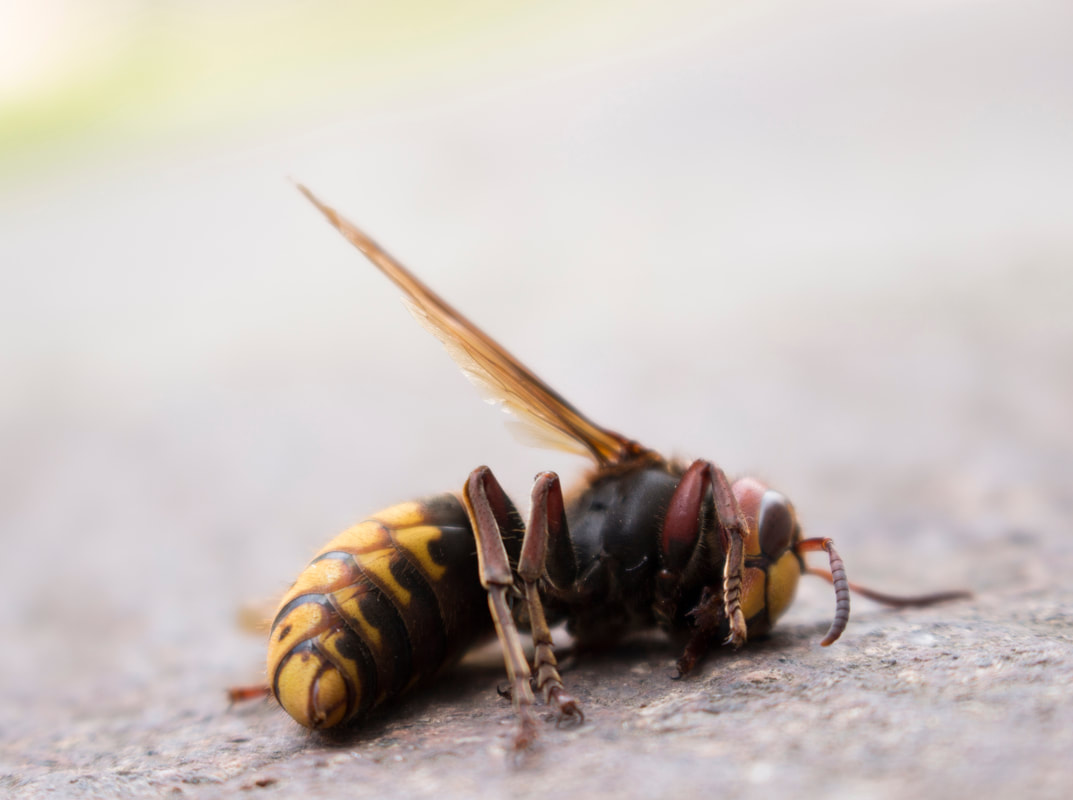Which are the reasons behind bee deaths?
In recent years, more and more bees are dying at a rapid rate. A study researching the condition of wild bees in the United States, focusing on the effects of pollinating flowers, found that between 2008 and 2013, the bee population spanning to the US area declined to 23%. The research also showed that farmers in the US began to face increased costs for plant production due to falling pollination. But what is the reason that bees die?
The answer is not simple. Several factors can lead to a reduction in bee populations, which is called CCD¹. CCD occurs when most worker bees in a colony (colloquially: beehive) suddenly disappear, leaving only the queen behind and effectively dissolving the colony. CCD is a significant problem as, while the bee population declines, the demand for pollination-dependent crops increases. The data obtained from the CCD are extremely worrying as 80% of the plants need bees to be fertilized. Without bees, there is no pollination, and fruits and vegetables will become extinct from Earth.
Marla Spivak mentioned during her TED Talk that the number of crops that require bee pollination potential has increased by 300%. These crops include a wide variety of fruits and vegetables that we consume daily, as well as crops providing food for animals intended for human consumption. She also states that the natural pollination of fruits by bees results in much higher quality fruits than artificial pollination.
Without bees, all the ecosystems of the planet are in danger! The International Union for Conservation of Nature (IUCN) estimates that 20,000 flowering plants will become extinct in the coming decades.
Despite the enormous importance of what bees offer us, in the United States, the number of bee colonies has halved since 1945, while demand for crops has increased, creating a significant imbalance for both agriculture and ecosystems, and for the environment.
The main factors that cause the death of bees are:
¹Colony Collapse Disorder


Climate Change
Due to the expansion of human development, wild bees have lost their natural habitat as we move into industrial agriculture. Moreover, climate change, especially global warming, is causing considerable alterations in the way plants are growing and, therefore, bees’ behavior and survival. Studies on the effects of climate change on European bees have found that climate change may be related to stress and disease. A combination of human-induced environmental change
could also hinder bees’ ability to adapt. In other words, many bee populations face such a risk at a faster rate making them unable to adapt. Reports also show that the presence of domesticated bees can mitigate the loss of wild bees. Both domestic and wild bees are essential pollinators for agriculture and ecosystems, and they need our help.

Pesticides
According to a Greenpeace report, the rapid decline in the bee population is mainly due to the heavy use of pesticides.
The use of pesticides is yet another factor that endangers bees. Pesticides are intended to prevent pests, weeds, and fungi from crops. However, most pesticides can have adverse effects on both the plants themselves and the insects useful for their pollination, including bees.
A widely used pesticide is called "Neonicotinoid" and causes problems in both beekeeping and wild bee populations. When a crop is soaked with neonicotinoid chemicals, it becomes toxic to any insect that interacts with it. In one of his articles, Dr. Mercola discusses how neonicotinoid insecticides are used in many garden plants, even those that are considered tempting and useful for bees. Adverse effects on bees can be mitigated by encouraging manufacturers to stop producing toxic pesticides and focus on alternative, organic herbicides.
Mites
Another factor that threatens bees is the so-called "Varroa" mite. This tiny mite terrifies bees and can destroy entire colonies if not handled immediately. An impact from Varroa can have a devastating effect on beekeepers and is considered one of the primary factors involved in CCD. In a recent study from the University of Maryland, researchers found that varroa mite infestations were a more serious problem than previously thought. What is even worse? These mites can act as carriers of severe viruses and transmit diseases between cells. Only proper and consistent care by beekeepers can keep the colonies alive, which is why beekeepers need to regularly monitor their bees and stay informed of the latest treatments. Unfortunately, there are many cases where CCD still occurs, despite beekeepers' best efforts for care and treatment.

